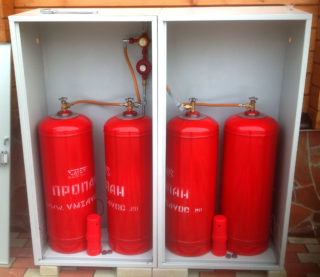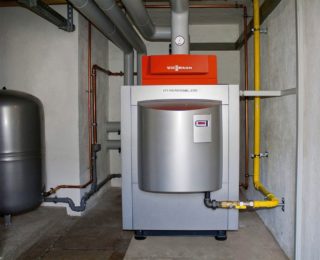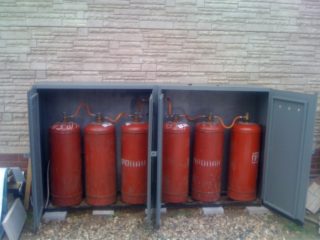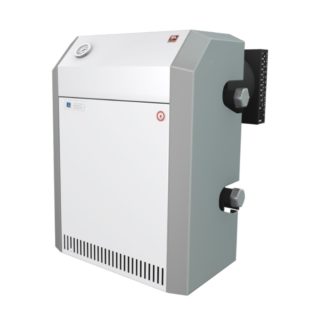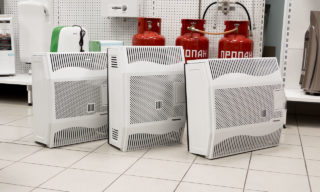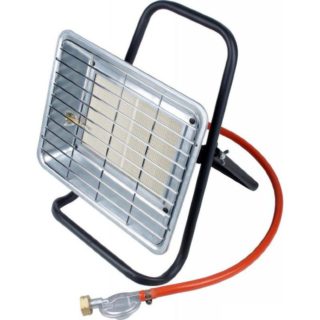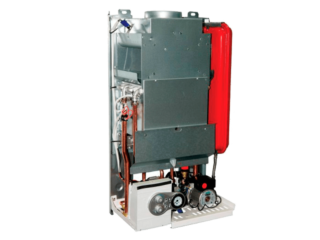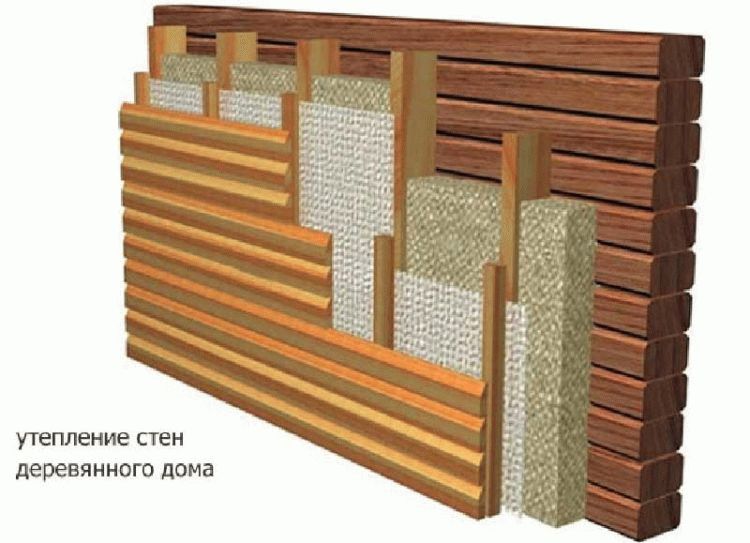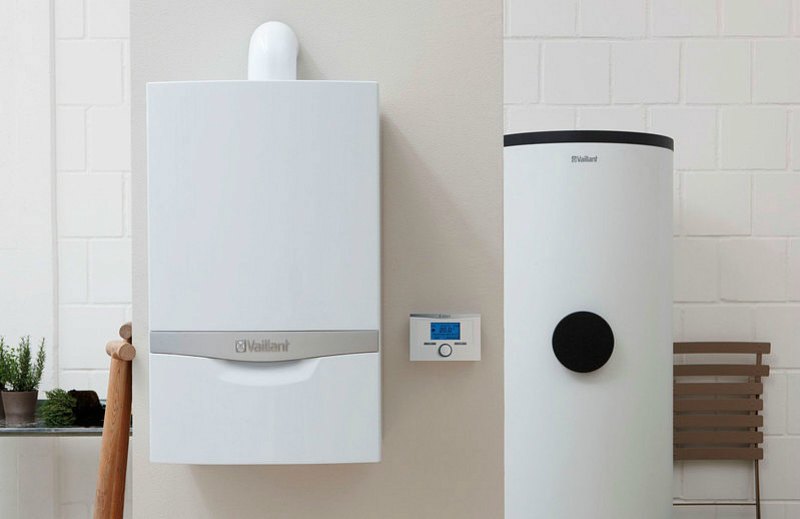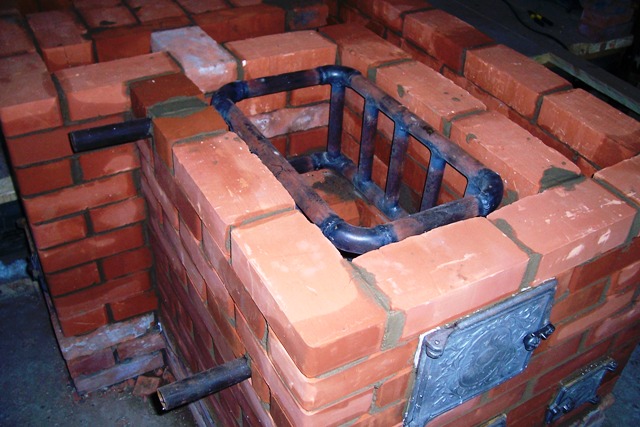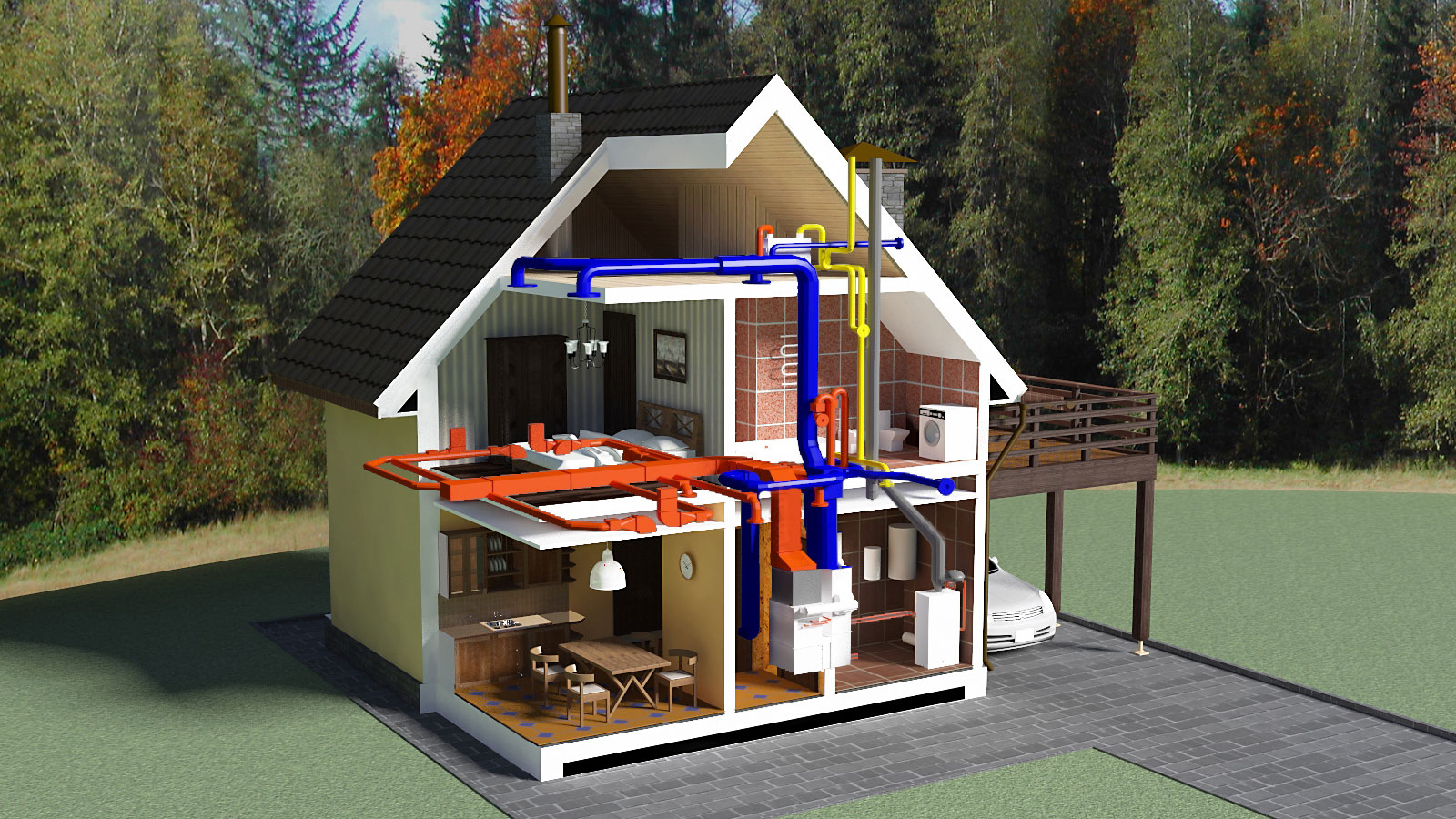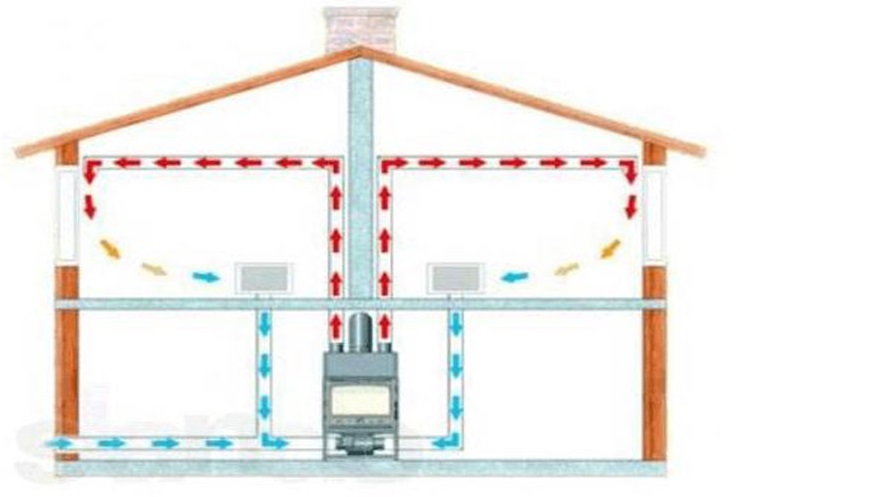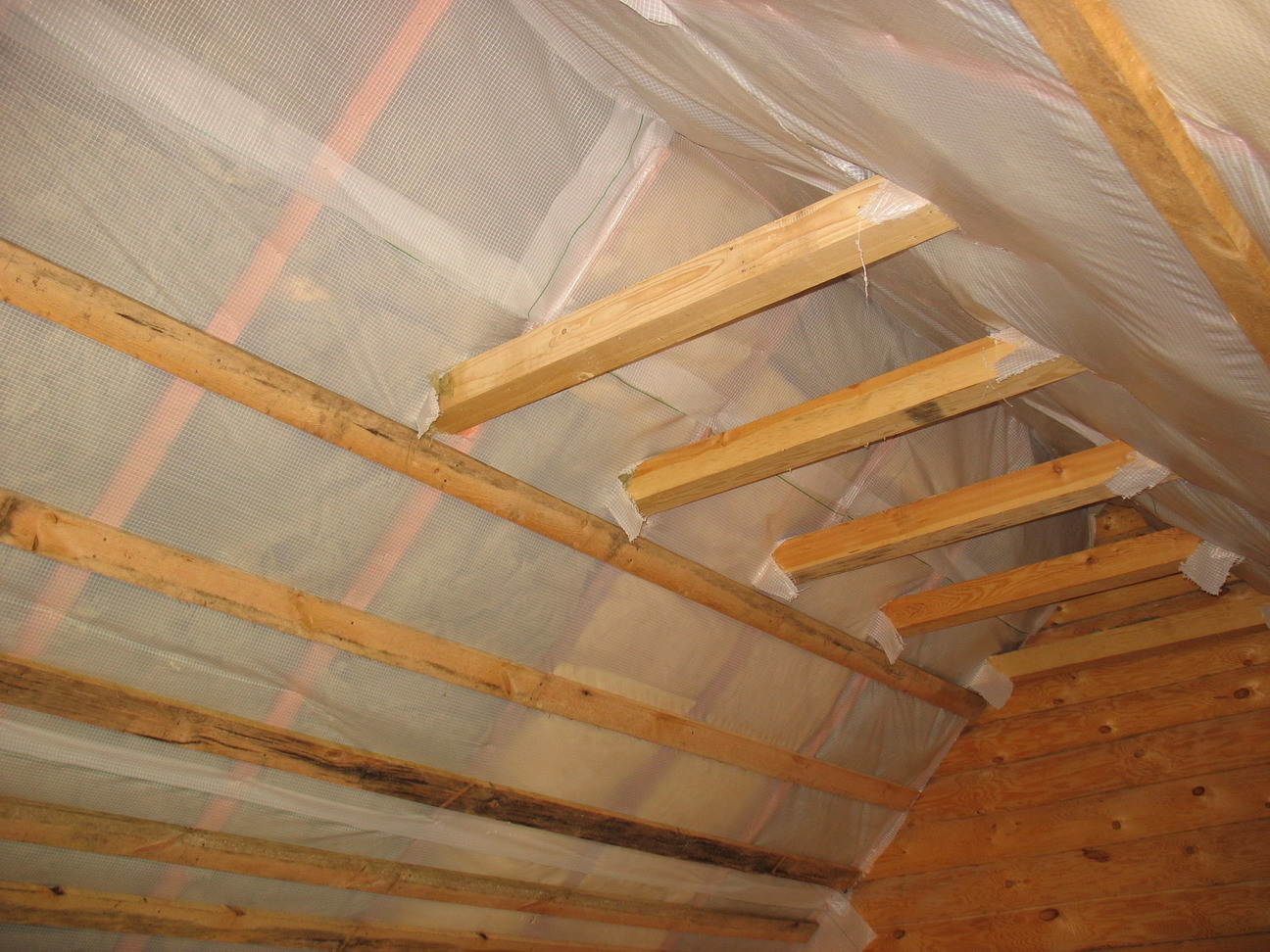To provide heat supply to a private house, different methods are used. The most common is gas heating. Thanks to him, it is possible to establish and maintain the required temperature in the premises in a short time. At the same time, the operation of a gas heating system requires a minimum amount of funds, if the network is correctly designed and installed.
Used types of gas fuel for heating
Heating with main gas
With this option for organizing heat supply, gaseous fuel moves through the central pipeline system to the distribution equipment. It is a pressure reducer that equalizes the pressure between the mains and the home network. After that, natural gas is used as fuel in a hot water boiler - a common device for heating a heating medium.
The heating scheme with the connection of the household system to the main gas pipeline eliminates the need to monitor the volume of gas in a special tank, since it is simply absent. The central piping allows the consumer to use any amount of heat. Only financial possibilities can serve as a limitation. After all, the home owner will have to pay bills every month.
The developed documentation reflects:
- tie-in point into the main pipeline;
- calculation of the gearbox;
- external line diagram to the gas meter.
If it is necessary to make changes to the project, then they will have to be paid in full, which will increase the already high costs. It is recommended to think over the entire heating system in advance to reduce costs.
Heating a house using natural gas from the main pipeline has the following advantages:
- uninterrupted heat generation scheme;
- creating the most comfortable living conditions;
- the ability to use boiler equipment in any mode.
The negative aspects of the heating system based on natural gas from the main pipeline include pipe damage to the appearance of the site and the facade of the house on which the piping is performed.
Heating with liquefied gas
- the house is located at a significant distance from the gas main;
- connecting to a central pipeline is costly, not in line with the owner's budget;
- pressure in the main gas pipeline often drops.
The positive aspects of using liquefied gas include the possible saving of funds, since there is no need to carry out earthworks if the fuel is placed in special cylinders or a ground gas tank. Also, the owner of the house does not have to pay for the registration of permits.
Installation of replaceable cylinders is carried out in special cabinets made of non-combustible material. The installation of the gas tank is carried out underground or on the surface. In the first case, the installation of the tank is carried out while observing the following minimum distances:
- to the house - 10 m;
- to the sewerage and water supply system - 5 m;
- to the carriageway - 5 m;
- to power transmission poles - 15 m.
When installing a gas tank on the ground, the minimum distance to a residential building should be 20 m, and to the road - 10 m. In other cases, it is equal to the values as when installing an underground tank.
Liquefied gas in replaceable cylinders and gas holders is under pressure from 15 to 18 atmospheres. During the use of the first type of containers, even with a capacity of 50 liters, they will have to be changed often depending on the power of the heating device or the set temperature regime. Using a gas tank allows you to worry less about the amount of gaseous fuel. The volume of such tanks can be up to 20 cubic meters. meters.
In terms of maintenance, cylinders are cheaper than special tanks. The first reservoirs can be changed independently, and pumping gas in a liquefied state into the gasholders will be an extremely special service. Therefore, it is more expedient to use large containers for storing gaseous fuels in multi-apartment cottages.
Classification of gas heating according to the design of the heater
During the organization of an autonomous heating system, various gas equipment is used that generates thermal energy. Such devices use main and liquefied gas as fuel.
A gas boiler
The type of boiler and its burner is selected depending on the capacity of the unit. When selecting equipment, the design and material of the heat exchanger is taken into account. In wall units, it is made of copper, and in floor models, it is made of cast iron or steel.
When organizing heating, single-circuit and double-circuit boilers are used. The first version of the devices is intended exclusively for heating. Units with two circuits heat not only the coolant, but also the water used in everyday life. Such models are equipped with a boiler. In them, the water is heated by a burner or by means of an indirectly connected coil.
Consumers have the opportunity to choose a gas boiler for a house with any area. So, for a two-story dwelling with a total area of 400 m2, a heat generating unit with a capacity of 40 kW is suitable if the ceiling height in the premises does not exceed 2.7 m. Otherwise, a more powerful unit will be needed.
Gas convector
- Easy installation with standard hardware. Often, pipes are laid independently, but the adjustment of heating devices must be carried out exclusively by professionals.
- High level of safety, as the work is controlled by automation.
- Durability ranging from 20 to 50 years.
Gas convectors can be successfully integrated into any interior due to their compactness. Such devices operate on main and liquefied gas. Autonomous use of convectors is carried out in the presence of replaceable cylinders. Their number for one device depends on the area of the heated room. The use of cylinders allows you to save money and quickly create the desired level of comfort. Thanks to the use of convectors, it is not necessary to install radiators and pipes for supplying the coolant.
Infrared gas emitter
The infrared heater consists of a body. It contains a reflector directed towards the floor. There is also a ceramic nozzle in the form of flat tiles with holes. Gas is fed between the body and the nozzle. The gaseous fuel heats up the ceramic tiles. After they are heated, the gas already burns directly on the nozzle. The advantage of this method of heat supply is the almost complete absence of fuel combustion products. Small remains of them are removed from the room using ventilation.
Other gas heating options
Gas cannons can be used as additional heating for utility rooms in houses. Heating devices of this type are most often connected to cylinders. Therefore, they are distinguished by their mobility. The devices carry out direct heating and do not provide for the removal of combustion products.
Alternative gas heating options also include hydrogen installations. They run on Brown's gas. Devices for heating living quarters of different areas are used. They have the following advantages:
- economy;
- the minimum amount of combustion products;
- environmental friendliness.
Hydrogen plants are sold in specialized stores. You can even make them yourself if you have the appropriate knowledge and skills in the field of heating equipment.
Instead of a conclusion
Of all the existing options for gas heating at home, the most common is the water system, which consists of a boiler running on main fuel. A large number of models allows you to select a device for a specific area, and gas from the central pipeline will provide uninterrupted heat supply to the home. Moreover, it is possible to install a double-circuit boiler that heats not only the coolant, but also water for domestic needs.
If it is not possible to connect the home network to the central gas pipeline, it is recommended to install a gas tank of the required volume on the site. It will allow for a long time to uninterruptedly provide the house with heat, without worrying about the volume of liquefied gas in the tank every 2-3 days. Portable cylinders do not have this advantage.
However, the easiest installation is distinguished by systems based on convectors operating on liquefied gas. When organizing such heating, you can even skip laying pipelines if you use special cylinders.

